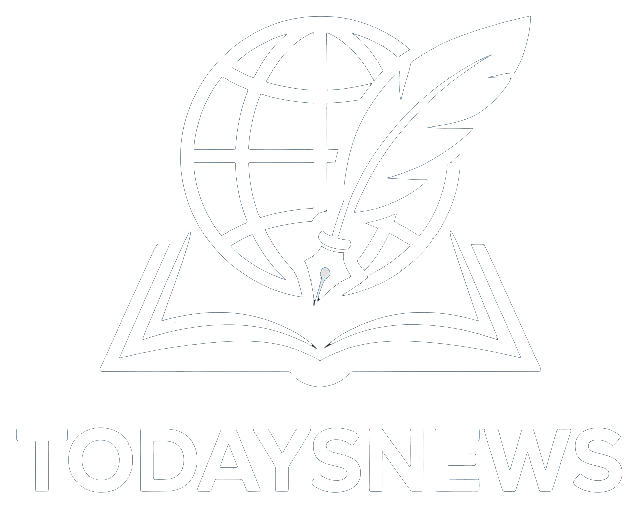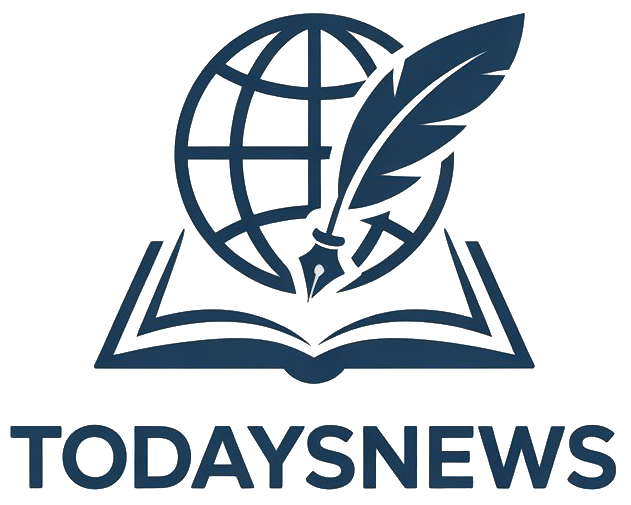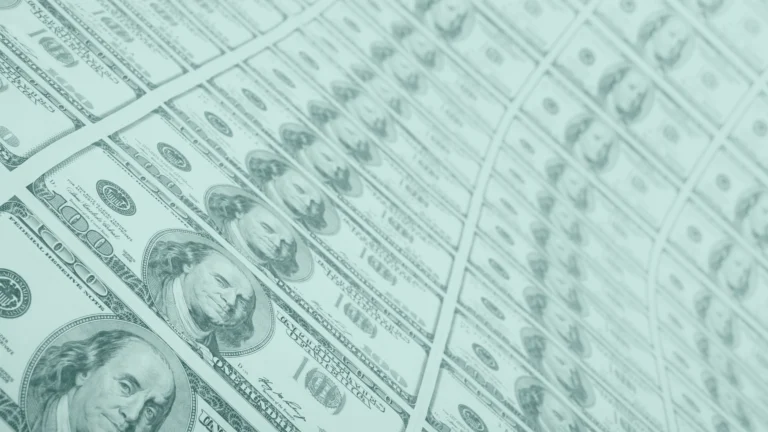What did the Fed announce?
On September 17, the Fed announced its decision to lower the target range for the federal-funds rate by 25 basis points, setting the new range at 4.00% to 4.25%.
At the Federal Open Market Committee press conference, Fed Chair Jerome Powell cited the recent softening in the labor market as a factor in the committee’s decision.
“I think this is a response to a somewhat higher unemployment rate and severe flattening in new jobs,” says Chester Spatt, professor of finance at Carnegie Mellon University’s Tepper School of Business.
The Fed also released a new Summary of Economic Projections (SEP), which is published four times a year. The SEP provides policymakers’ predictions for how gross domestic product, unemployment, inflation and the federal-funds rate will trend in the future.
This SEP suggests that policymakers anticipate steeper cuts to the federal-funds rate than they projected in June. The median projection now is that the Fed will lower rates half a percentage point by the end of the year.
Did the Fed hold rates steady or signal a change?
The Fed lowered rates at its latest meeting, its first cut since late last year.
After aggressively raising rates to combat the record-high inflation that peaked at 9.1% in June 2022, policymakers initially began lowering the federal-funds rate in September 2024, cutting a total of 100 basis points by the end of that year.
Before this meeting, though, the Fed had kept rates steady all year, amid rising economic uncertainty.
The Fed has a mandate to keep prices stable and unemployment low. Spatt says that the Fed faces a difficult task right now because while the labor market has weakened, it remains unclear if tariffs will cause a significant jump in inflation. This would put the two sides of the Fed’s mandate in conflict with each other.
“The tariffs could be potentially adverse for employment and the economy on the one hand, but they could also lead to higher prices,” Spatt says.
Changes to Fed policy framework
The Fed recently updated its framework for making policy decisions. The revised framework aims to help the Fed better address inflation in light of the challenges it faced during the post-COVID inflation wave.
“I think they got into trouble thinking inflation was transitory,” Spatt says.
The Fed lowered its benchmark rate to near zero during the pandemic to help stave off an economic crisis. While this move provided some stability for the struggling economy, it also helped enable an inflation spike.
“Our revised statement emphasizes our commitment to act forcefully to ensure that longer-term inflation expectations remain well anchored, to the benefit of both sides of our dual mandate,” Powell said in a speech in August discussing the changes.
Market reaction and implications
Stocks rose and Treasury yields fell immediately following the announcement. However, by the time markets closed on Wednesday, the S&P 500 was down 0.10% and the Dow Jones Industrial Average was up 0.57%. The yield on the 10-year Treasury also ticked back up.
Even though the cut was expected, stocks rose and Treasury yields fell immediately following the announcement. In its statement, the Fed acknowledged that “downside risks to employment have risen.” As more economic data is released ahead of the Fed’s remaining 2025 meetings, we could see further market reactions as investors adjust their expectations for future Fed cuts.
Signals on future rate cuts or hikes
The new SEP suggests that policymakers expect to lower rates further this year. However, whether that actually happens depends on how the economy evolves in the coming months.
The Fed’s next meeting is in October, and several major economic reports will be released before it meets. If the data starts to show more dramatic weakening, additional rate cuts could become more likely. On the other hand, if the economy remains stable and inflation rises, more cuts might be less likely.
How to prepare your finances for what comes next
Savings
Don’t be surprised if your savings start earning you less money soon.
When it comes to deposit accounts, “you’ll see your high-yield savings rates take the biggest, most direct impact from the Fed funds cuts,” says Matt Hicks, VP of deposit products at First Tech Federal Credit Union.
Hicks says some account holders may already have seen their interest rates go down in anticipation of this rate cut, while other financial institutions might wait until the end of the month to lower their rates.
Additionally, because the Fed is expected to continue cutting this year and throughout 2026, savings rates might continue to drop. Recently, the best high-yield savings accounts have been offering rates in the 3% to 4% range.
“Those are going to go by the wayside and you’ll have savings account rates that start with twos by the end of 2026,” Hicks says.


